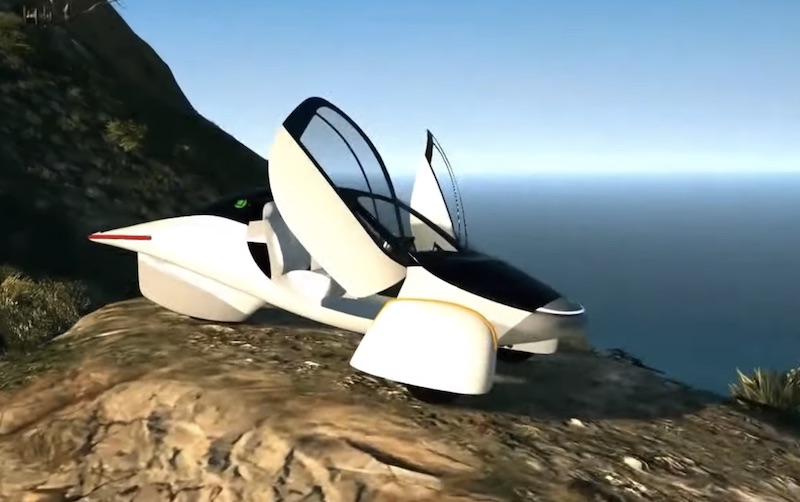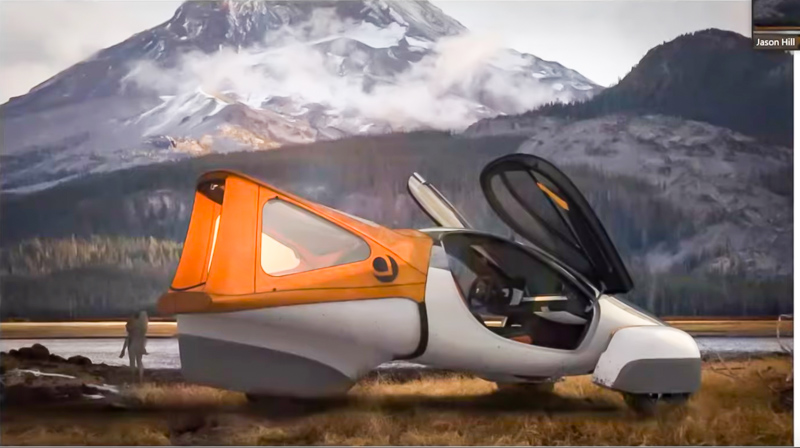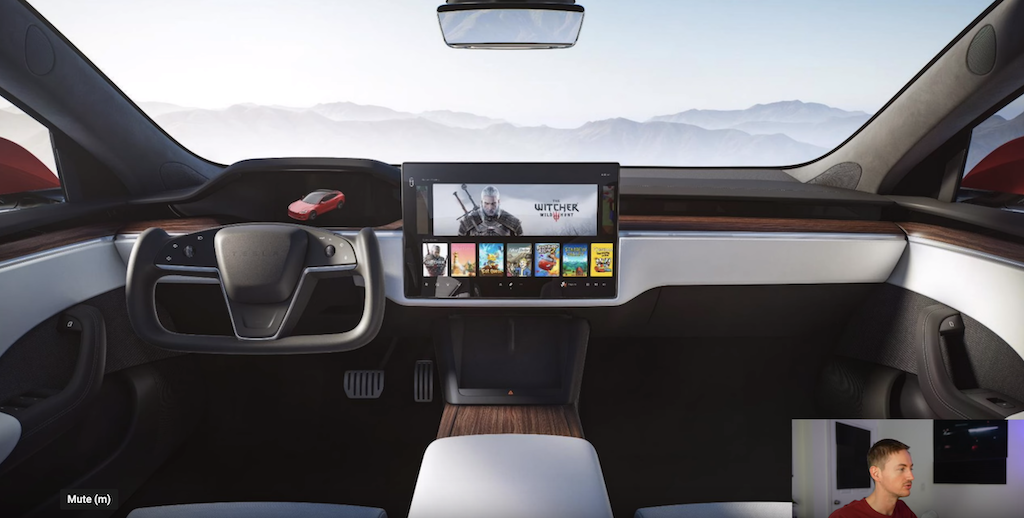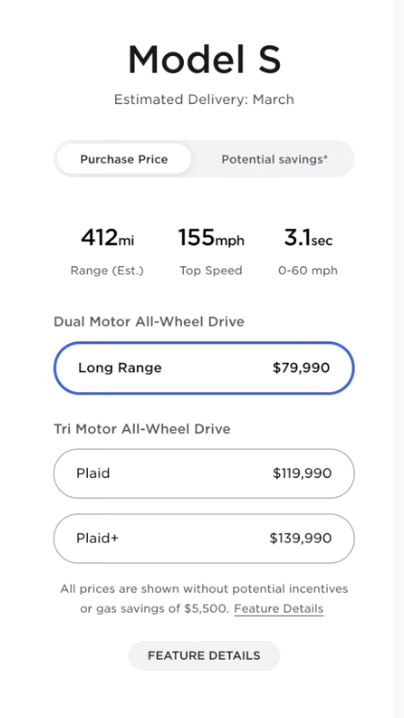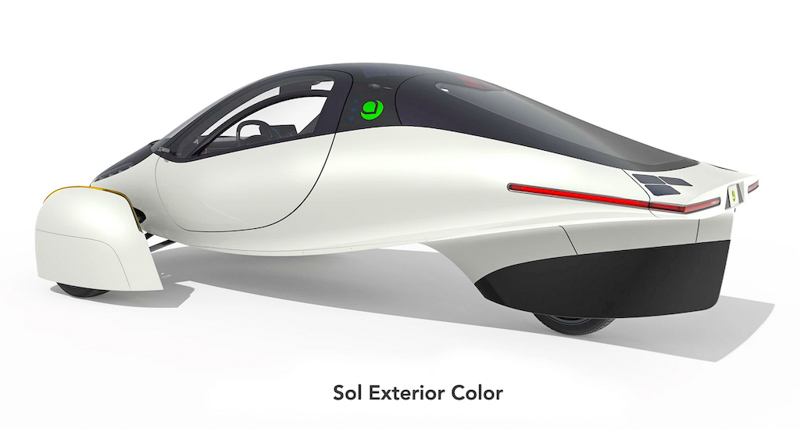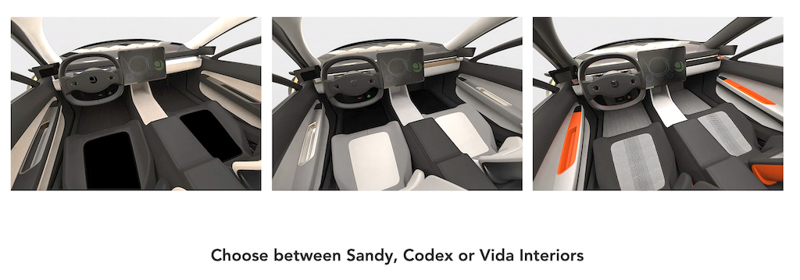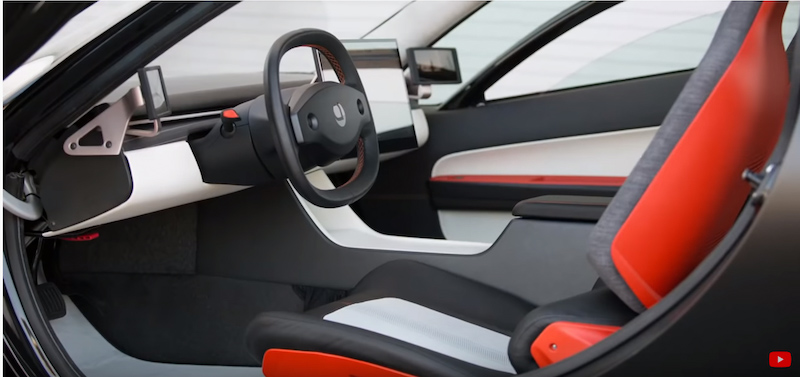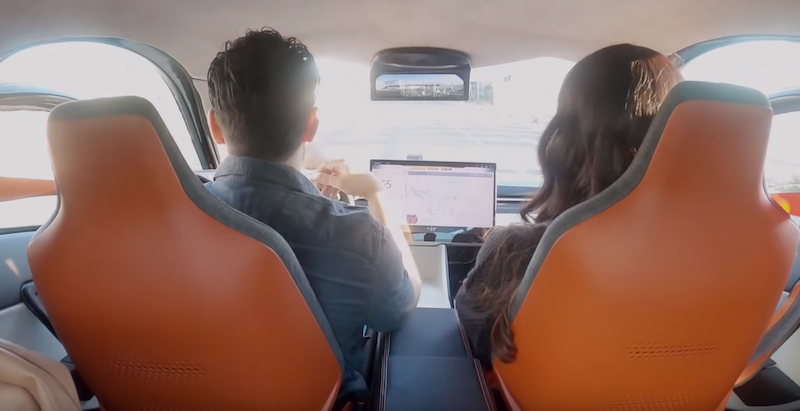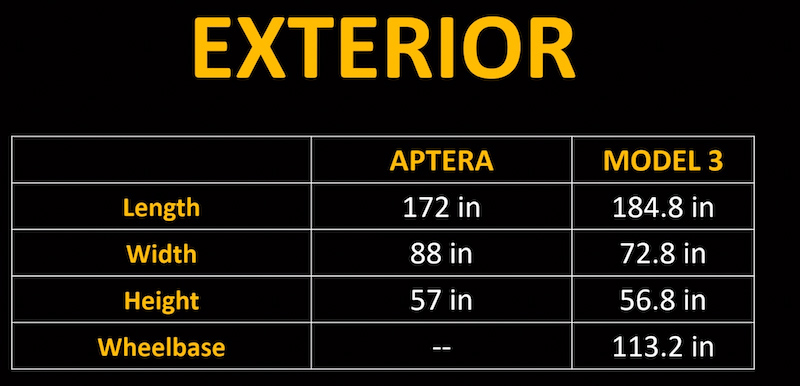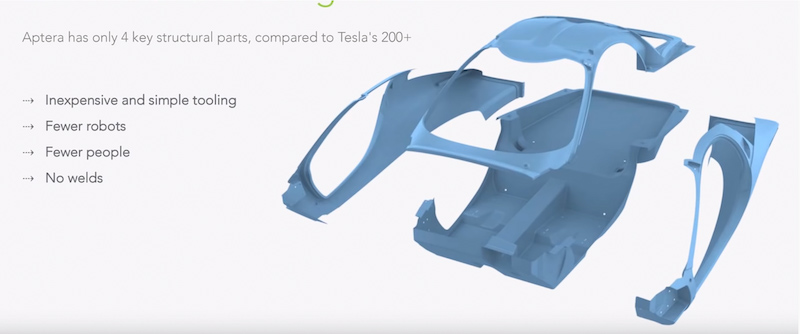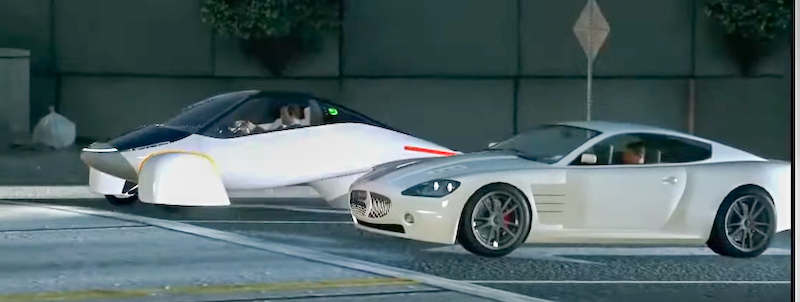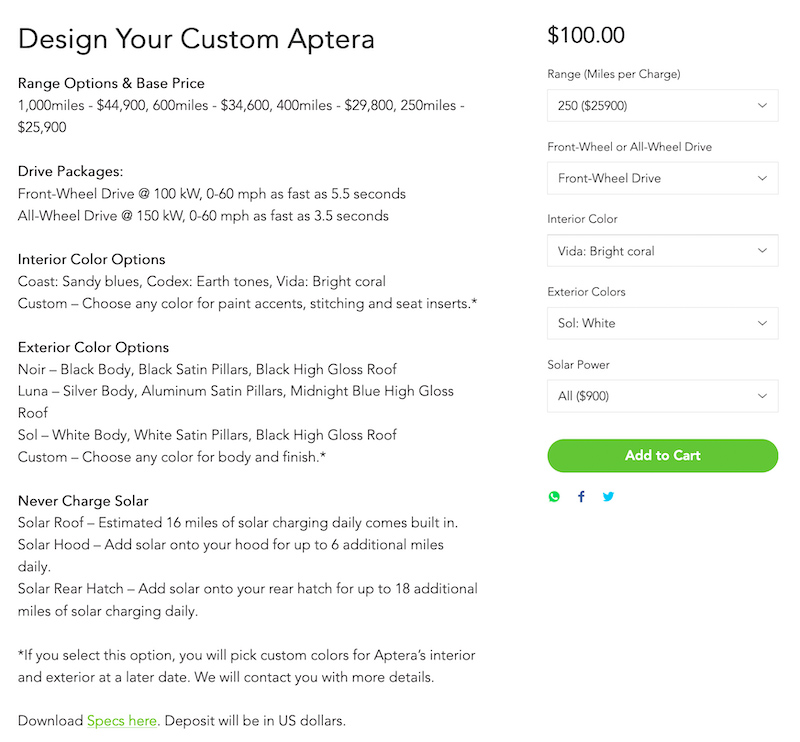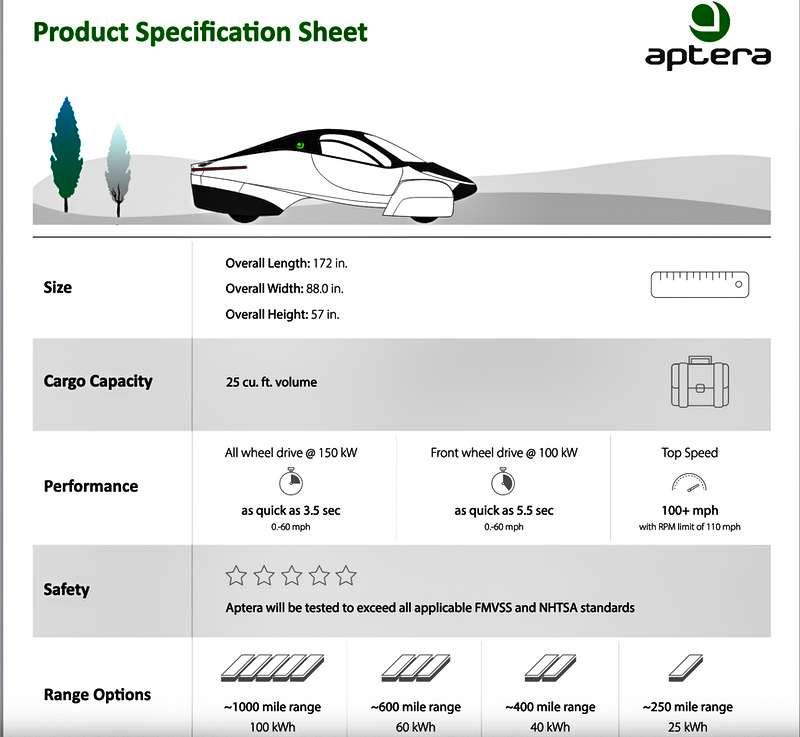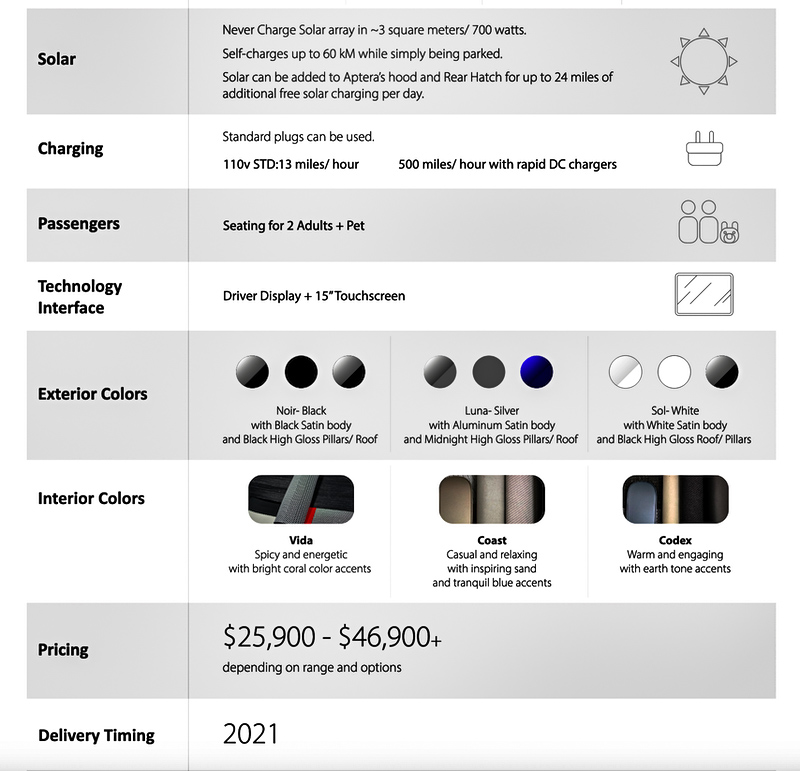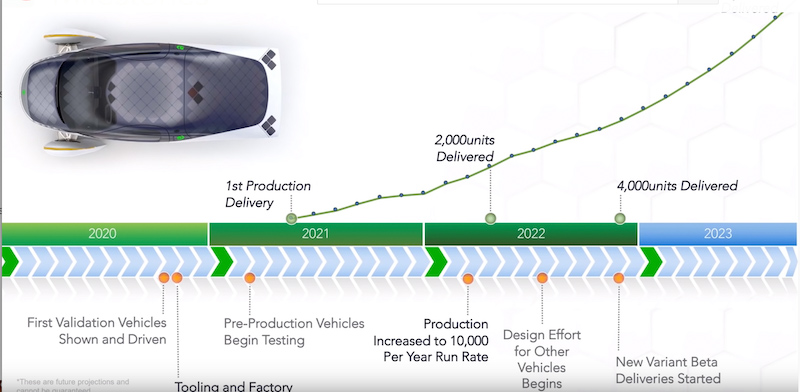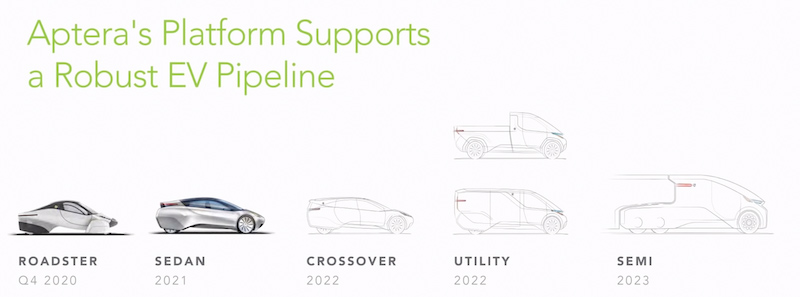At Tesla, we believe
that technology can help improve safety. That's why Tesla vehicles are engineered
to be the safest cars in the world.
We believe the unique combination of passive safety, active safety, and
automated driver assistance is crucial for keeping not just Tesla
drivers and passengers safe, but all drivers on the road. It's this
notion that grounds every decision we make - from the design of our
cars, to the software we introduce, to the features we offer every
Tesla owner.
Model
S, Model X and Model 3 have achieved the lowest overall probability of
injury of any vehicle ever tested by the U.S. government's New Car
Assessment Program. Much of this has to do with the
rigid,
fortified structure of the battery pack that is mounted to a car's
floor, which provides a vehicle with exceptional strength, large
crumple zones, and a uniquely low center of gravity. Because of their
strength, Tesla's battery packs rarely incur serious damage in
accidents. And, in the extremely unlikely event that a fire occurs, the
state-of-the-art design of our battery packs ensures that its safety
system works as intended and isolates a fire to select areas within the
battery while simultaneously venting heat away from the passenger cabin
and the vehicle.
While no
car can prevent all accidents, we work every day to try to make them
much less likely to occur. Active safety features come standard on all
Tesla vehicles made after September 2014 for an added layer of safety
beyond the physical structure of each car. Because
every Tesla is connected, we're able to use the billions of miles of
real-world data from our global fleet - of which more than 1 billion
have been driven with Autopilot engaged - to understand the different
ways accidents happen. We then develop features that can help
Tesla drivers mitigate or avoid accidents. Through over-the-air
software updates, we're able to introduce safety features and
enhancements long after a car has been delivered, as well as release
updated versions of existing safety features that take into account the
most up-to-date real-world data collected by our fleet.
In October
2018, we began voluntarily releasing quarterly safety data in order to
provide critical safety information about our vehicles to the public,
and in July 2019 we began voluntarily releasing annually updated data
about vehicle fires as well. Accident rates among all vehicles on the
road can vary from quarter to quarter and can be affected by
seasonality, like reduced daylight and inclement weather conditions.
Accident
Data
Q4 2020
In the 4th
quarter of 2020, we registered one accident for
every 3.45 million miles driven in which drivers had Autopilot engaged.
For those
driving without Autopilot but with our active safety features, we
registered one accident for every 2.05 million miles driven.
For those
driving without Autopilot and without our active safety features, we
registered one accident for every 1.27 million miles driven.
By
comparison, NHTSA's most recent data shows that in the United States
there is an automobile crash every 484,000 miles.*
*Note:
Since we released our last quarterly safety report, NHTSA has released
new data, which we've referenced in this quarter's report.
Source: https://www.tesla.com/VehicleSafetyReport
Why
Teslas are the Safest car on the roads?
Tesla vehicles were approximately ten times less likely to catch fire
per mile driven compared to average gas vehicles.
Twelve ultrasonic sensors and eight cameras with 360 degrees of
visibility and forward-facing radar can detect both hard and soft
objects, including surrounding vehicles. Whether driving through heavy
rain, fog or dust, your vehicle helps provide exceptional environmental
awareness.
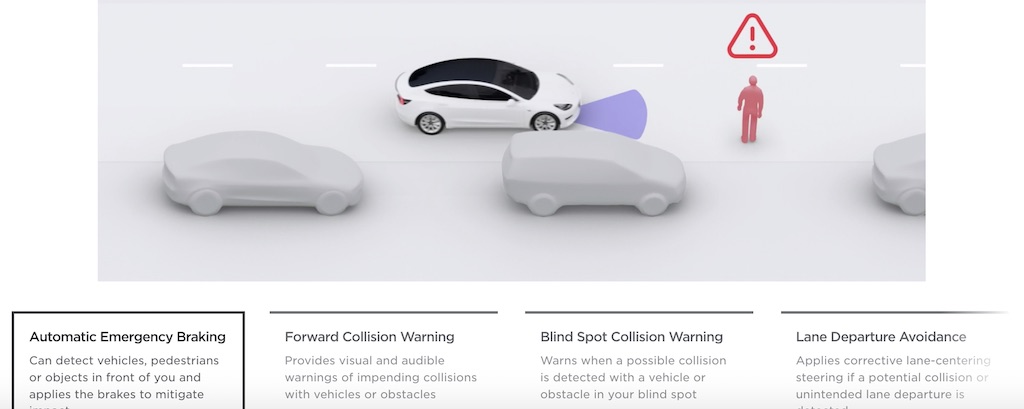 These 4
features are included
in
AutoPilot as standard feature.
These 4
features are included
in
AutoPilot as standard feature.
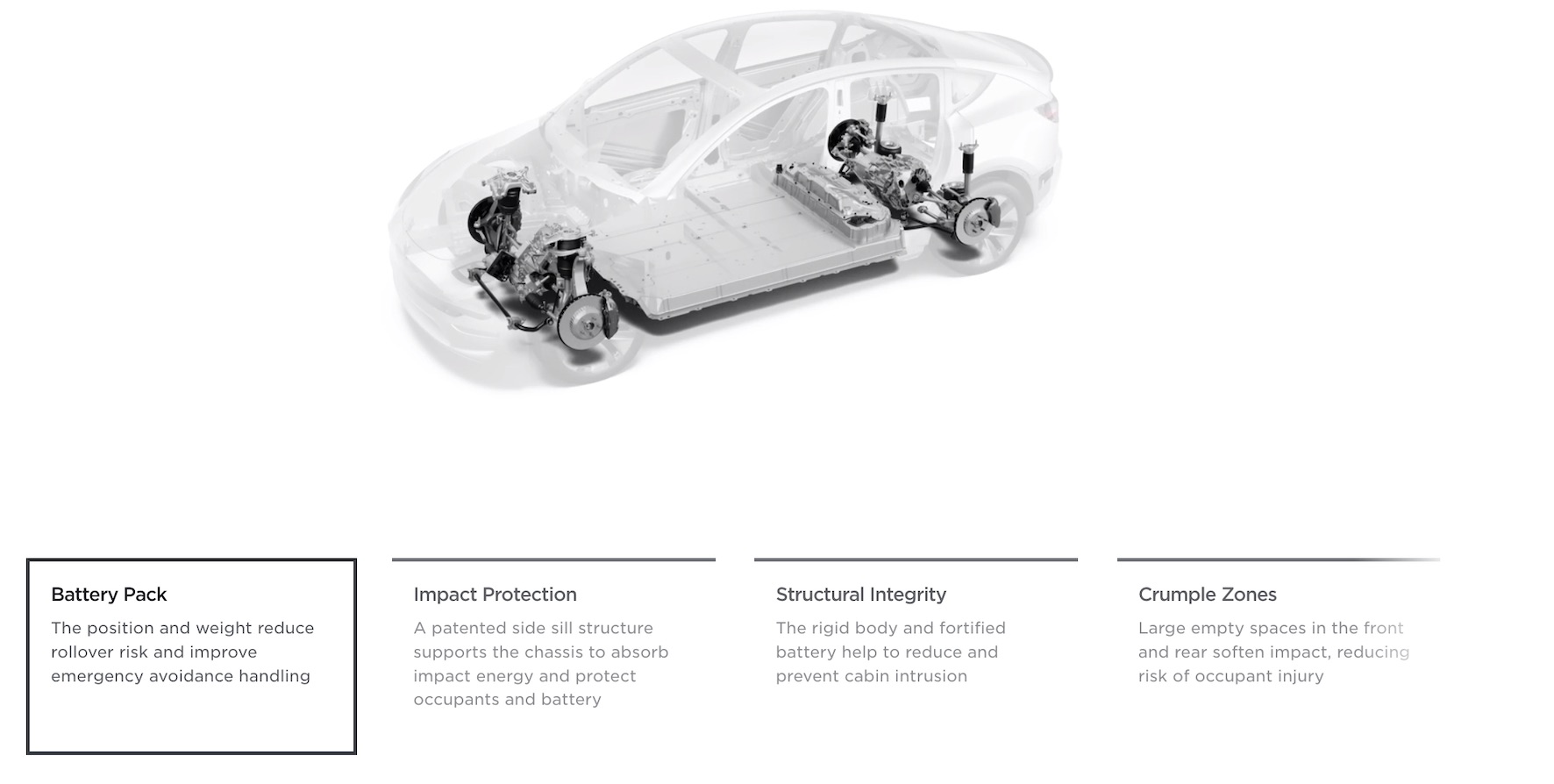 Other
ventures contributing to best safety record.
Other
ventures contributing to best safety record.
Nice visuals and videos about Tesla Safety - Click Here.
The Most Satisfying Car by owners of 27 Brands - Tesla Model 3
Consumer Reports
surveyed new car owners, who've owned their cars 1 to 3 years, about
their satisfaction with their car, not just EVs, but 27 different
kinds of cars. The car which most owners are happy about their
ownership was...Tesla Model 3. It is No. 1 of the top 10 with 3
other Teslas in the top 10 as well.
 (Double-Click
charts and images for a larger copy.)
Above is the satisfaction rating of all cars, not just EVs.
(Double-Click
charts and images for a larger copy.)
Above is the satisfaction rating of all cars, not just EVs.
Top 20 Global EV
sales in 2020.
Top of the
list is the Tesla Model 3 with 12% of the market with 365,240 units
sold globally. PHEVs (Plug in Hybrid EVs) did not make the top
10.)
Number
2 on the list you've never heard of because it is made and sold
only in China, for about $5,000, but it still ranks No. 2
Globally! Perhaps there is a
market for such an inexpensive town car in the US.
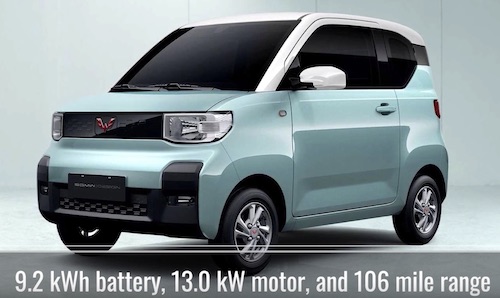 Wulling
HongGuag Mini EV
Wulling
HongGuag Mini EV
Hear the whole story of Zak and Jesse at Now You Know.
Click: https://www.youtube.com/watch?v=REYFd-Qf2eQ
Differences
in A Winter Tesla Road Trip compared to the same drive in summer.
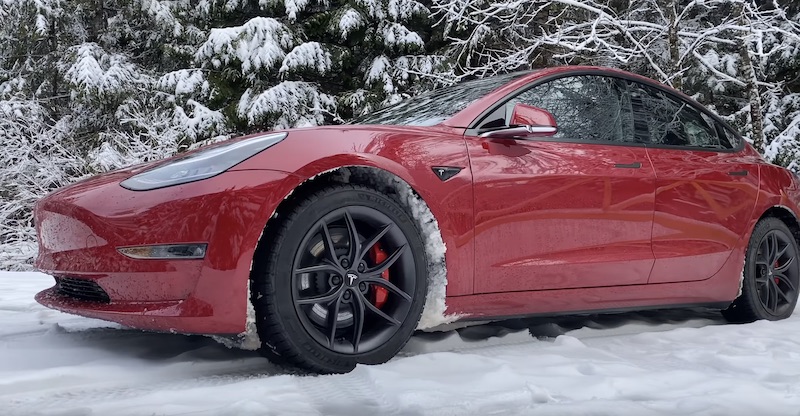
Jason's Tesla Model 3 Performance in the snow on his 2,500 mile winter
drive.
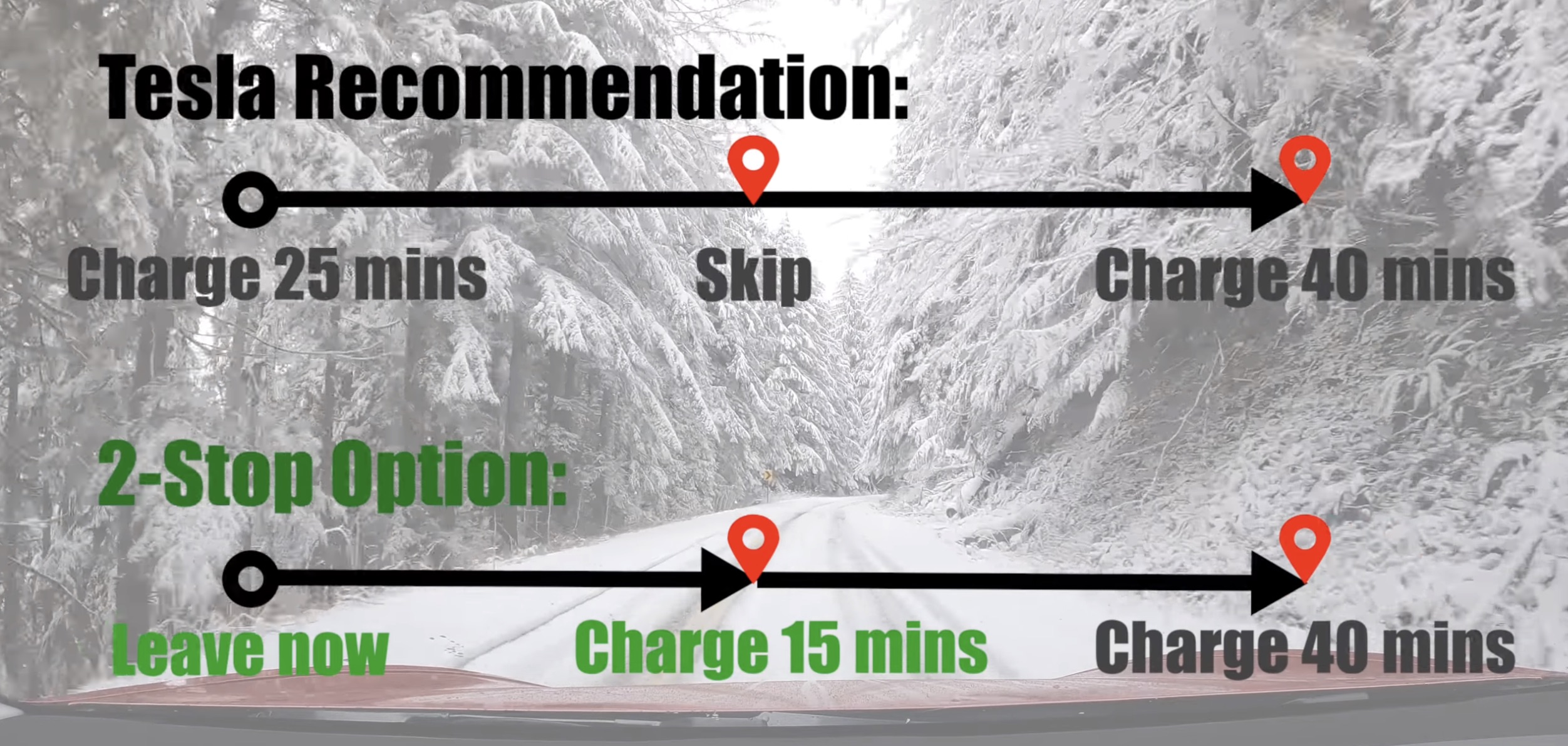
Tesla's navicomputer will track
your
trip with the fewest Supercharger stops, but with longer charging
times, even skipping chargers in between. He had reached
the 70 - 80% charge and the charger began to taper down, so he
went to the bottom line (above), stopped charging, stopped at the
skipped charger, charged for only 15 minutes and got to the final
charger quicker overall. He concluded, as another
YouTuber I follow, Kyle Conner, promotes: charge only long enough
until
the charger begins to taper down, then go to the next charger on your
route. On this trip he charged more times than the Tesla computer
suggested, but saved time overall.
Charge at the end of your day's drive, when the battery is warmer than
in the morning. However, in winter your Tesla may lose 8 to 10%
sitting overnight. He kept the inside of the car around 72°
throughout - to keep his cat comfortable on the heated seats during
driving times.
His winter drive took 19% more
charging electricity than his summer drive.
Finally, he averaged 118 miles-per-gallon-equivalent in Summer and 100
mpge in winter.

Most readers wanted to know how much it cost him to drive 2,500 miles
using only Superchargers - $177.65.

With gas calculated at $2.50/gal. and considering 30 mpg in an ICE
car, he saved about $25. My
second car does not get 30 mpg as above and around here gas is not
$2.50, but gas savings over an ICE car is not the only reason one buys
a Tesla.

Another statistic he kept was driving 75 mph compared to driving 80
mph. 75 mph saves 8.7% on range.
The trip was LA to St. Joseph,
Missouri. As mentioned above, he learned not to charge to 100 or
90% because of the taper at that high percentage. He averaged 25
minutes per charge for 18 charges in Winter, and 40 minutes of charging
for 12 charges in Summer. That's about 8 hrs of charging
for the trip each season. Overall, that is one and one-half extra battery packs earned by
charging more at lower battery levels. He charged at an average
of 100 miles between charges.
The
full story at Engineering
Explained on YouTube click:
//www.youtube.com/watch?v=UskzfQJt2Bc
Model S and X
changes for 2021
Ford Mustang Mach-E compared to the Tesla 3 and Y
The full
story from Engineering
Explained double click: https://www.youtube.com/watch?v=WlLC9axmJlU
Tesla Auto
Insurance.
In an earlier report, http://teslatouring.com/carl/Tesla3b/, I discussed
Tesla auto insurance before I took delivery of our Model 3. You
need a VIN number before you can get an accurate quote from a insurance
company. I have heard that you can look at the available
inventory online and select the exact car and use its VIN number to get
a quote making sure you tell the insurance company that is not your VIN
number, but one just like the one you plan on ordering.
Tesla offers their own insurance only in California as of this report,
but they will insure a second car on the same policy.
Insurance on our Tesla 3 by itself would be $783/6 months
When we added a 2nd car it became
$630/6 months for the Tesla 3
Our 2013 Chrysler Town and Country was $400/6
months
By adding the Chrysler as a second car it was $506/6months
for the T&C
Therefore, I saved $45/6 months by insuring both cars with Tesla.
However, insuring our Tesla 3 with my original auto insurer, 21st
Century Insurance, wold have cost me $927/6 months ($144 more).
A recent notice says they will soon be expanding to other states.
Charging stations to be an
added
amenity in new Multifamily buildings.
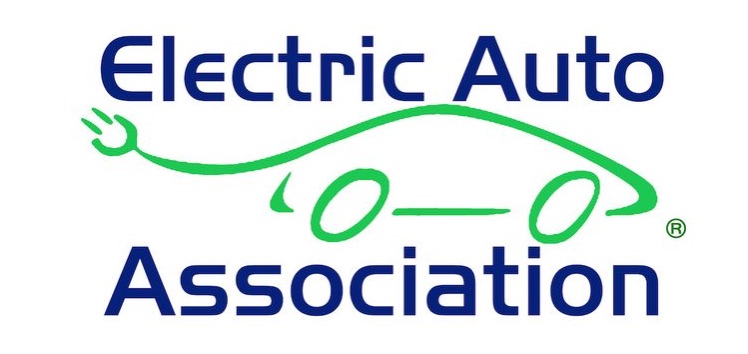
Many environmental groups, including the one above which sponsored an
event I attended and which contacted me, are interested in creating new
EV charging building codes for homes, apartments and condos in
California. The vote on a bill to make these chargers available
in new buildings was on February 16.
A GUIDE TO MULTIFAMILY PLUG-IN ELECTRIC VEHICLE CHARGING
Introduction: Electric vehicles (EVs) are fueled by electric
through an outlet or charging station, which allows owners to
plug in
at their homes, work and public locations. As EVs have grown rapidly in
recent years, many multifamily communities have begun to help out their
EV-owning residents by installing charging stations as an added
amenity. More on
this guide, click here: https://website.kiuc.coop/sites/kiuc/files/documents/A%20Guide%20to%20Multifamily%20Plug-in%20Electric%20Vehicle%20Charging%20.pdf
Chronological
History of 75 100% EVs world wide
by
Fully Charged on Youtube.
Every ELECTRIC
VEHICLE : Robert's 2021 round-up of 75 EVs | 100% Independent, 100%
Electric
Each with
information like this:
Comparison of
Tesla's Autopilot (which we have and is included in the
purchase price) and Full Self
Driving (FSD) (which
costs $10,000 more than what we paid).
Autopilot
and Full Self-Driving Capability
Autopilot
is an advanced driver assistance system that enhances safety and
convenience behind the wheel. When used properly, Autopilot reduces
your overall workload as a driver. 8 external cameras, a radar, 12
ultrasonic sensors and a powerful onboard computer provide an
additional layer of safety to guide you on your journey. Cars built
between September 2014 and October 2016 include one camera and
less-powerful radar and ultrasonic sensors.
There
are two Autopilot packages available for purchase: Autopilot and Full
Self-Driving Capability.
Autopilot
and Full Self-Driving Capability are intended for use with a fully
attentive driver, who has their hands on the wheel and is prepared to
take over at any moment. While these features are designed to become
more capable over time, the currently enabled features do not make the
vehicle autonomous.
Frequently
Asked Questions
Autopilot
and Full Self-Driving Capability Features
Autopilot
is a suite of driver assistance features that can be purchased before
you buy your car or after it's been delivered, and brings new
functionality to your Tesla that makes driving safer and less
stressful. Available packages include:
Autopilot
Traffic-Aware Cruise Control: Matches the speed of your car to that of
the surrounding traffic
Autosteer: Assists in steering within a clearly marked lane, and uses
traffic-aware cruise control
Full
Self-Driving Capability
Navigate on Autopilot (Beta): Actively guides your car from a highway's
on-ramp to off-ramp, including suggesting lane changes, navigating
interchanges, automatically engaging the turn signal and taking the
correct exit
Auto Lane Change: Assists in moving to an adjacent lane on the highway
when Autosteer is engaged
Autopark: Helps automatically parallel or perpendicular park your car,
with a single touch
Summon: Moves your car in and out of a tight space using the mobile app
or key
Smart Summon: Your car will navigate more complex environments and
parking spaces, maneuvering around objects as necessary to come find
you in a parking lot.
Traffic and Stop Sign Control (Beta): Identifies stop signs and traffic
lights and automatically slows your car to a stop on approach, with
your active supervision
Upcoming:
Autosteer on city streets
The
currently enabled features require active driver supervision and do not
make the vehicle autonomous. The activation and use of these features
are dependent on achieving reliability far in excess of human drivers
as demonstrated by billions of miles of experience, as well as
regulatory approval, which may take longer in some jurisdictions. As
these self-driving features evolve, your car will be continuously
upgraded through over-the-air software updates.
YouTuber, Cf, has a video showing what Full Self-Driving, at this stage
of development, looks like on the road: "How Often Does The
Average Tesla Driver Use Autopilot Today?" *Feb 8, 2021
By: Cf Tesla. As
you watch this video, remember, I do not have lane change with the turn
signal nor automatic on- and off-ramp driving. I do have Auto
Steer and Traffic aware cruise, which they call On ramp to off ramp driving. To see
his driving video click: https://www.youtube.com/watch?v=U-G7f607VVA
Interactive
Map of Wind Turbines in the United States
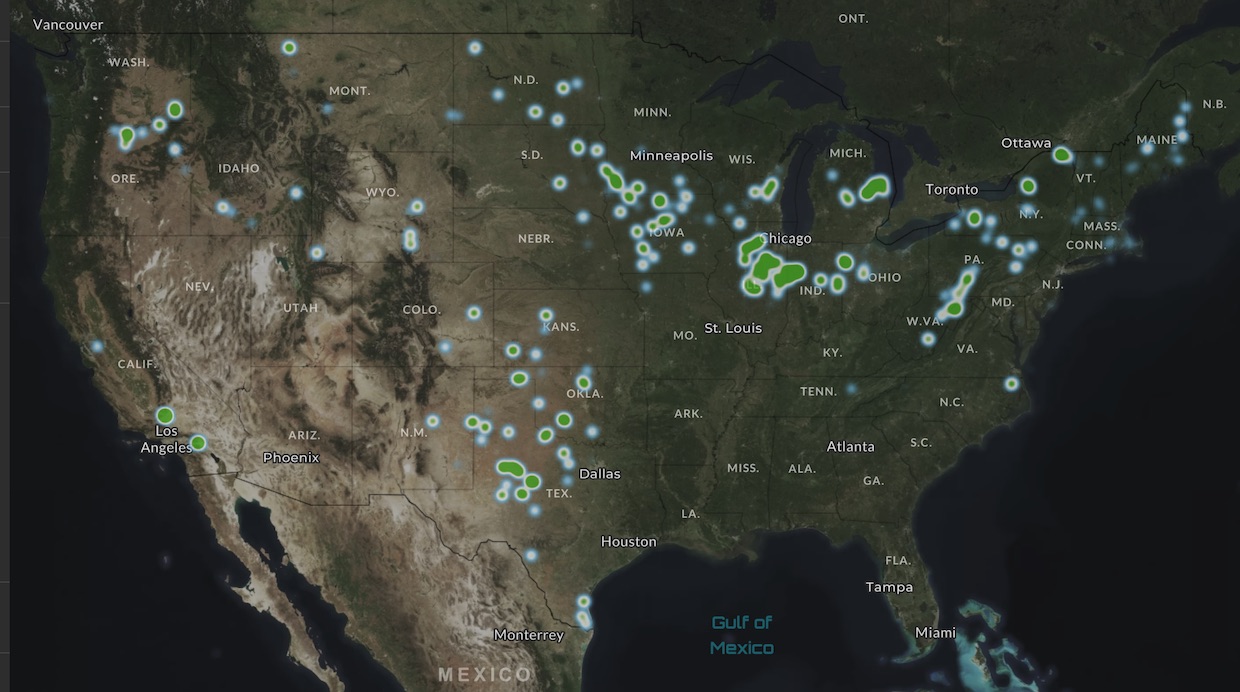 Interactive
Map is much larger at the URL below.
Interactive
Map is much larger at the URL below.
California city becomes first in
U.S. to ban new gas stations
Petaluma, California - a city of 61,000 residents
and 15 square miles in size - has become the first in the country to
permanently halt the construction of new gas stations.
The legislation will also outlaw new pumps at existing stations and
streamline the process for adding more EV infrastructure like electric
charging bays and hydrogen fuel cell facilities. The new prohibition is
part of Petaluma's plan to completely phase out carbon emissions by
2030, though other environmental groups (like CONGAS) are pushing for a
ban on the entire Sonoma County, which includes Petaluma and eight
other cities.
"The goal here is to move away from fossil fuels and
to make it as easy as possible to do that," said D'Lynda Fischer, the
city councilor who introduced the measure. "Right now, we have existing
fossil fuel stations, and what we want them to do is add [electric
vehicle] chargers and create another source of fueling people can use."
Bigger picture: There are an estimated 450,000
brownfield sites in the U.S., or areas where expansion, redevelopment,
or reuse may be complicated by the presence of a hazardous substance.
According to the EPA, approximately one-half of them are thought to be
impacted by petroleum, much of it from leaking underground storage
tanks at old gas stations. The sites "blight the surrounding
neighborhoods, threaten human health and the environment and can
contaminate groundwater."
Outlook: While the latest move is taking place at
the grassroots level, there are other developments happening at the
state level in California. Last year, the state banned the sale of new
gas-powered cars by 2035 and will require 75% of heavy trucks sold
locally to be electric by that date. There are also plans to build an
electric highway along the Pacific Coast. A host of policies are also
being prepared at the federal level, like the Biden administration's
$2T climate and infrastructure plan, which could boost renewables and
other sustainable stocks.
Source
West Coast
Clean Transit Corridor Initiative
was created 9 months ago (June 17, 2020) Learn more about the
West Coast Clean Transit Corridor Initiative and how this unprecedented
collaboration among nine electric utilities and two agencies
representing more than two dozen municipal utilities aims to electrify 1,300 miles of I-5
from the Mexican to the Canadian border for freight haulers and
delivery trucks.
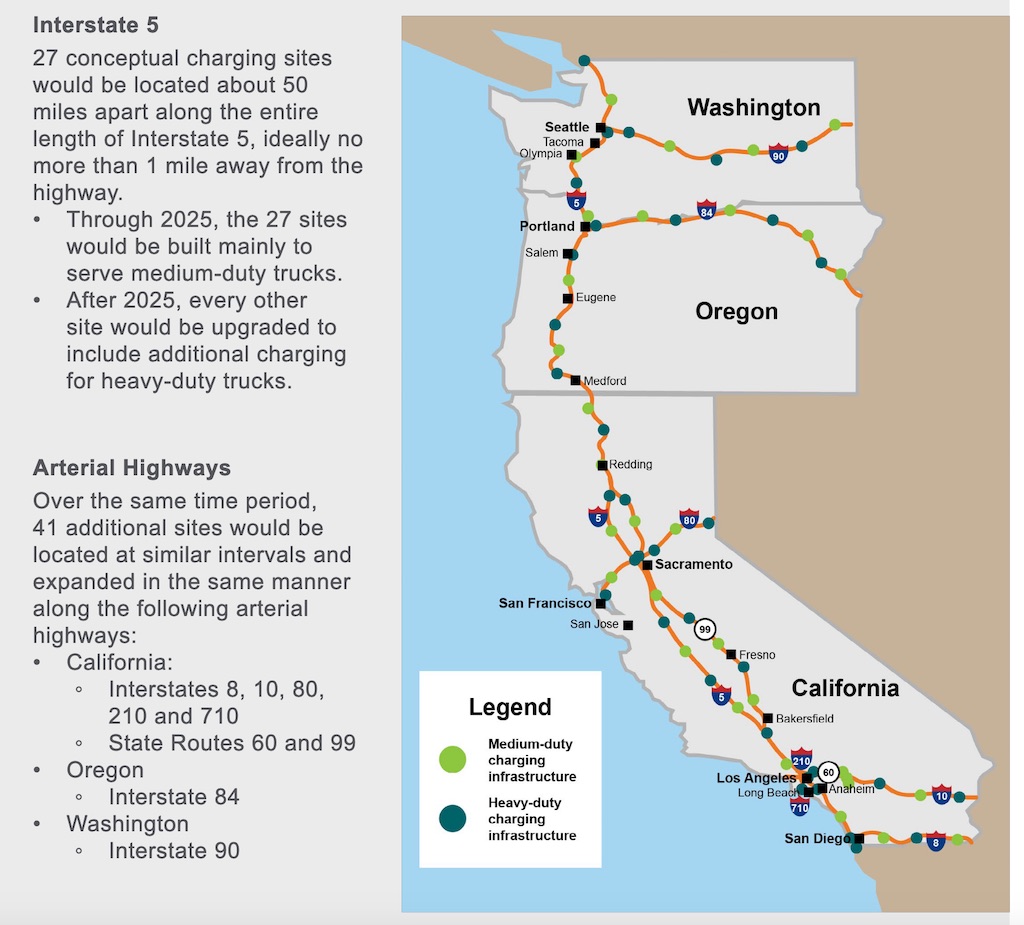
(Click
image above for larger copy.)
 Interesting
that their logo has a diesel semi-tractor.
Interesting
that their logo has a diesel semi-tractor.
Of
the 27 proposed sites, 16 are in California, five are in Oregon and six
are in Washington. An additional 41 sites on other highways that
connect to I-5 are being proposed for electrification. Those highways
include Interstates 8, 10, 80, 210 and 710 and state routes 60 and 99
in California; I-84 in Oregon and I-90 in Washington.
Tesla Forums have been replaced by Tesla Engagement
Hub.
Aptera
assembles production advisers, acquires factory space in Sorrento
Valley, San Diego County, California, and takes
deposits on reservations on their website.
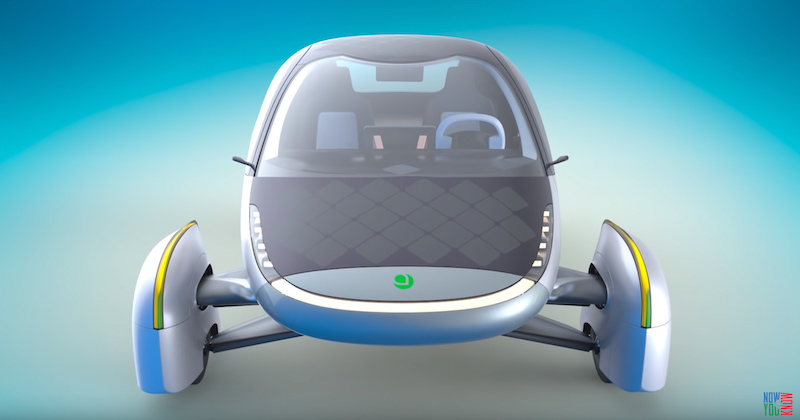
Perhaps
we should address the elephant in the room (From Aptera's FAQ):
Why
three wheels?
Our main goal is efficiency. Efficient transportation is crucial
to managing our natural resources. Aptera makes better use of materials
in construction, therefore saving precious resources and lessening our
overall impact on the planet and each other.
Is Aptera a car?
No! Aptera is not a car, but the world's first Never Charge
Vehicle. Technically speaking, Aptera can be classified as a motorcycle
or auto-cycle.
The
only color I had seen was black, maybe that is the only prototype they
have so far. However, I found at their website some paint schemes
I like a lot better than black:
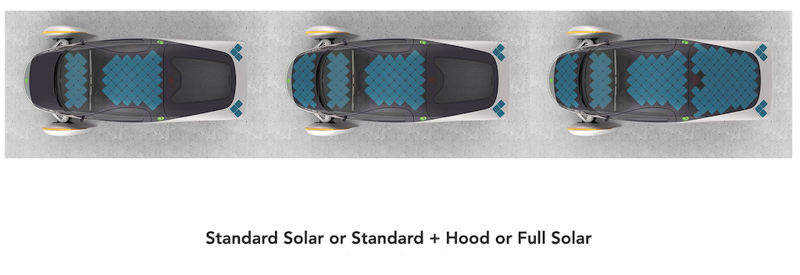 Some
asked if they could get 40 miles of range added by leaving the vehicle
in the sun during the day anywhere but in a very sunny state, so they
include this map at their website:
Some
asked if they could get 40 miles of range added by leaving the vehicle
in the sun during the day anywhere but in a very sunny state, so they
include this map at their website:
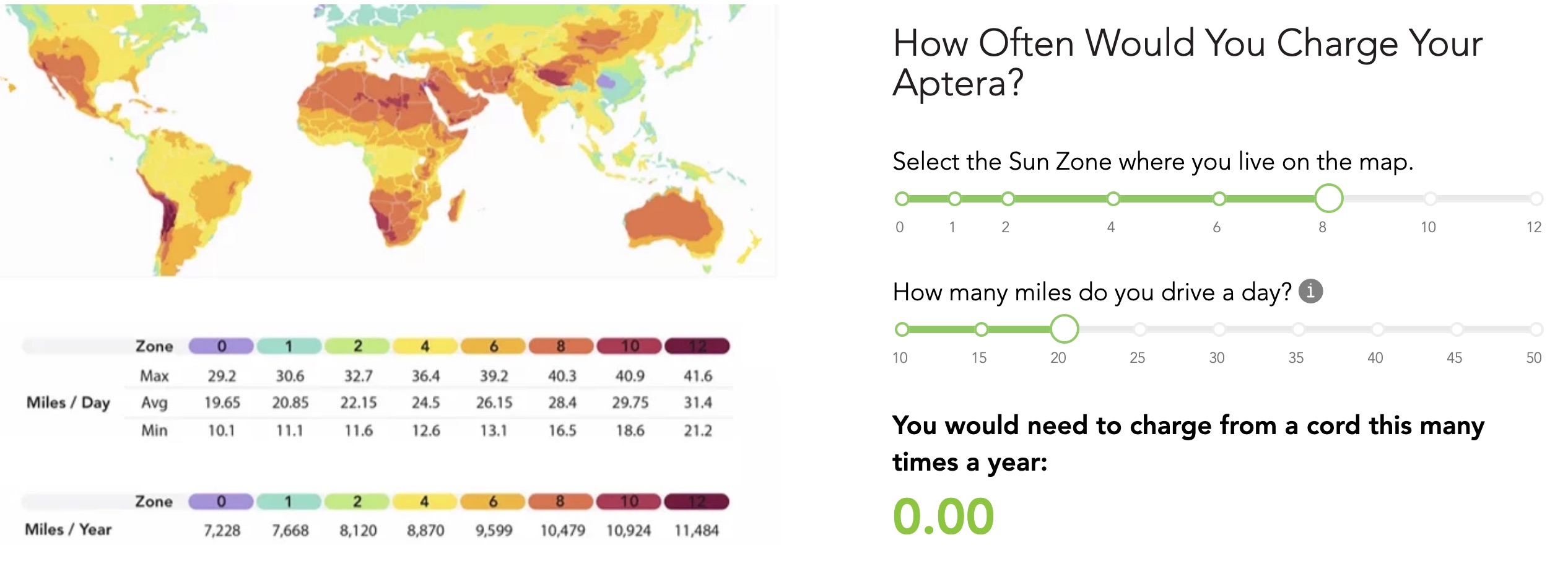 Even
though the above map from their website is informative; it is not
interactive so one cannot zoom into their US state. (Click
the graphic above for a much larger copy.)
Even
though the above map from their website is informative; it is not
interactive so one cannot zoom into their US state. (Click
the graphic above for a much larger copy.)
Aptera
also advertises front wheel or all-wheel drive. With only 3
wheels, I wonder how important this is:
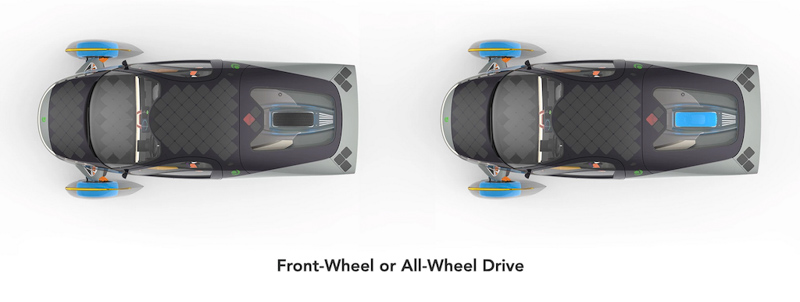 From:
Aptera.us
From:
Aptera.us
After
watching the "Now You Know" YouTube show and Sandy Munro's Interview of
the Aptera Co-CEOs, (Links below) I asked Aptera one question:
I asked info@aptera.us:
Do all Apteras have solar panels? If not, how do the prices break
down on your models which do and do not have panels?
The very next day they responded:
Hi Carl,
Thanks for
reaching out!
You can find
the options for solar including pricing below:
Never
Charge Solar
Solar Roof
(included) - Estimated 16 miles of solar charging daily comes built in.
Solar Hood
($300) - Add solar onto your hood for up to 6 additional miles daily.
Solar Rear
Hatch ($600) - Add solar onto your rear hatch for up to 18 additional
miles of solar charging daily.
If you want to
add all of the options above, that will be $900.
Thanks for your
interest!
Best Regards,
Aptera Team
Finally,
I wondered if the Aptera would have something similar to "Auto Pilot"
which I have in our Tesla Model 3. On their website, I found this:
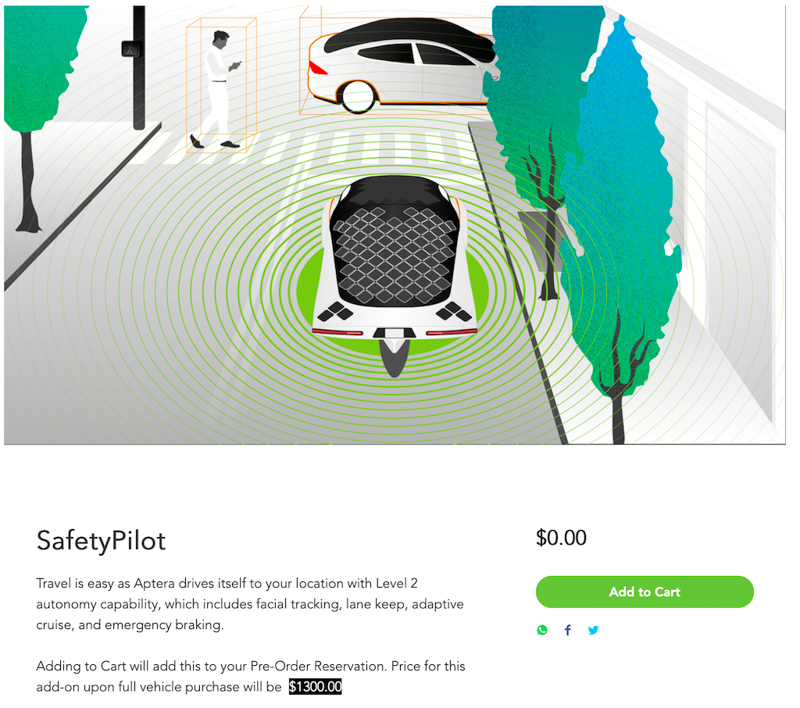 From:
Aptera.us
From:
Aptera.us
EV YouTuber, Cleanerwatt, compares Aptera (a 3-wheeled
electric auto-cycle) to Tesla
Model 3 (a 5 passenger electric automobile) the current most efficient
electric vehicle with many statistical tables from an Aptera sales
forum.
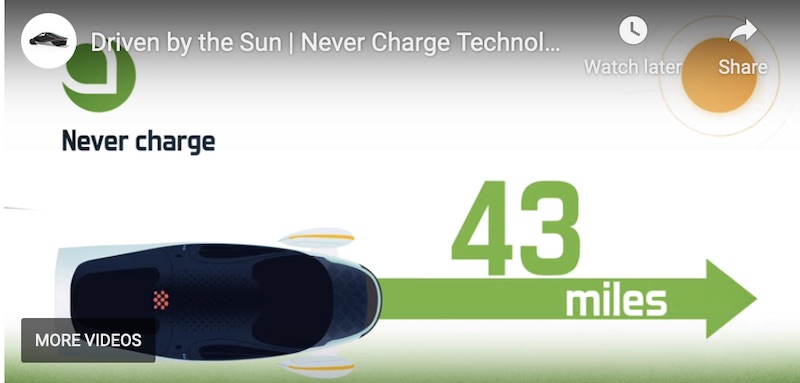
My Referral
Number is https://ts.la/carl41979 Just click
the URL to the left to go to the Tesla.com site, start a free account,
and it will explain the
benefits of using a referral number:
Views since
March 25, 2021





